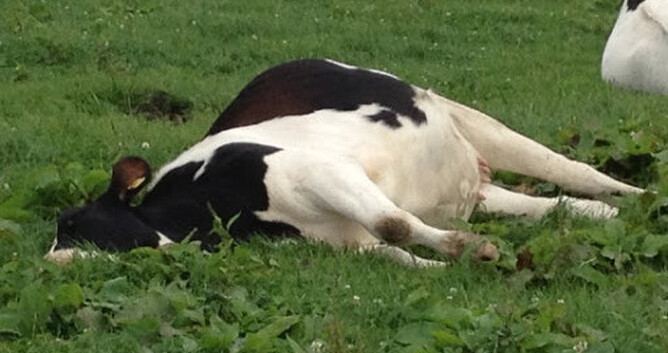“Down cows? That’s something that I don’t need to worry about happening until spring...” you might be thinking, but now is the time to start planning how to prevent the impacts of those down cows.
Not only will there be many costs and potential losses, cows who go down with milk fever also have a higher chance of having metritis, mastitis, and reproductive issues going forward.
So, if you treated more than 2% of your herd for milk fever last spring, or you just want to have less problems during the coming spring, prevention through nutrition might be the solution.
During any transition period for dairy cows, appropriate feeding and supplementation can make a big difference. Transitioning from being dry to lactating is particularly critical.
Many of you will be supplementing magnesium to prevent grass staggers. But is this magnesium in a form that decreases the DCAD (dietary cation-anion difference) in the diet? In other words, is it helping to prevent milk fever as well?
There are many options for minerals available. These include options for feeding in the milking shed or feeding over baleage/hay.
Supplementing this way means cows increase their own blood calcium levels around calving, when the demand on their bodies is at its highest, without going down from milk fever – and without needing a calcium bag treatment from you.
Call the clinic today to discuss more about how to prevent costly down cows on your farm this spring.

